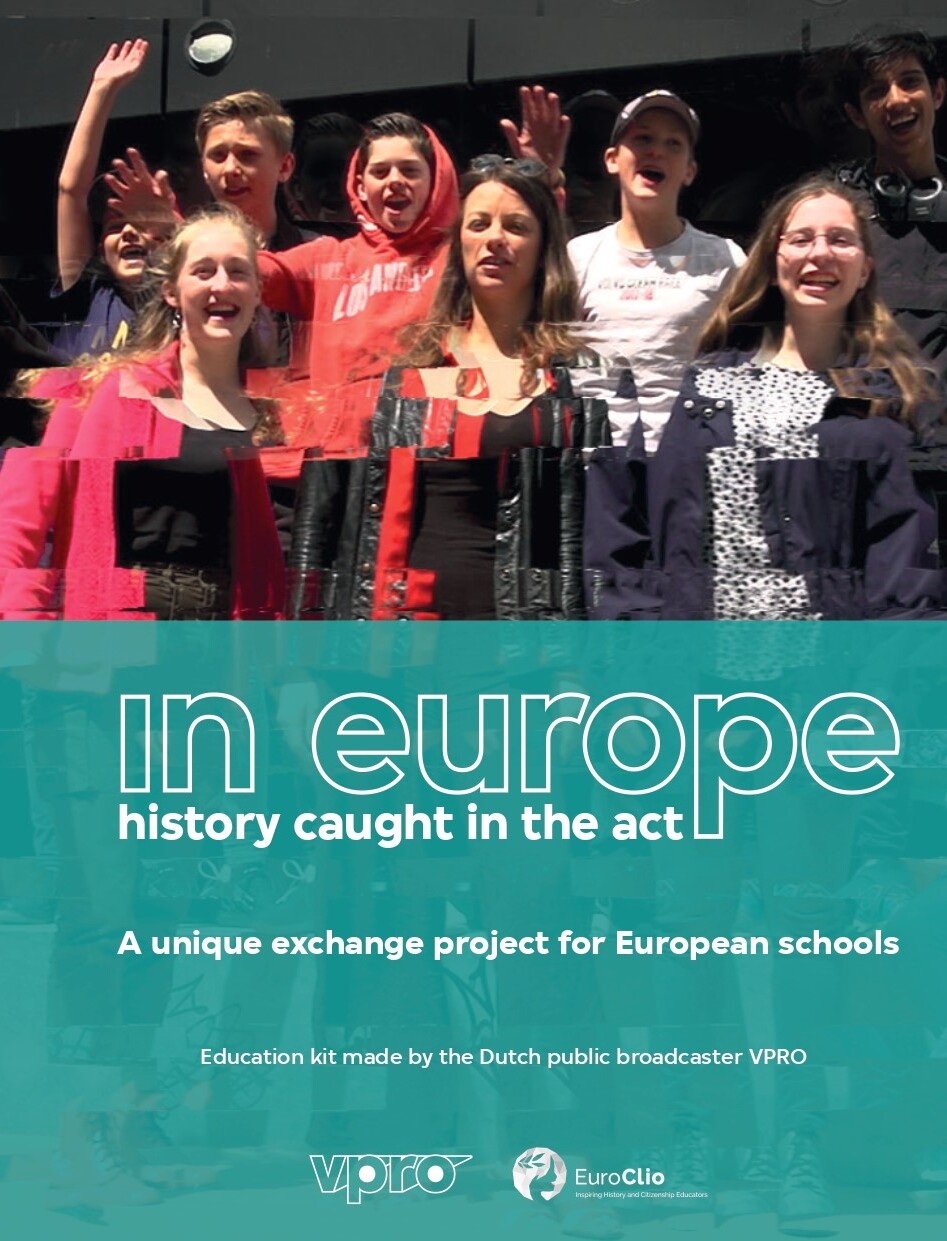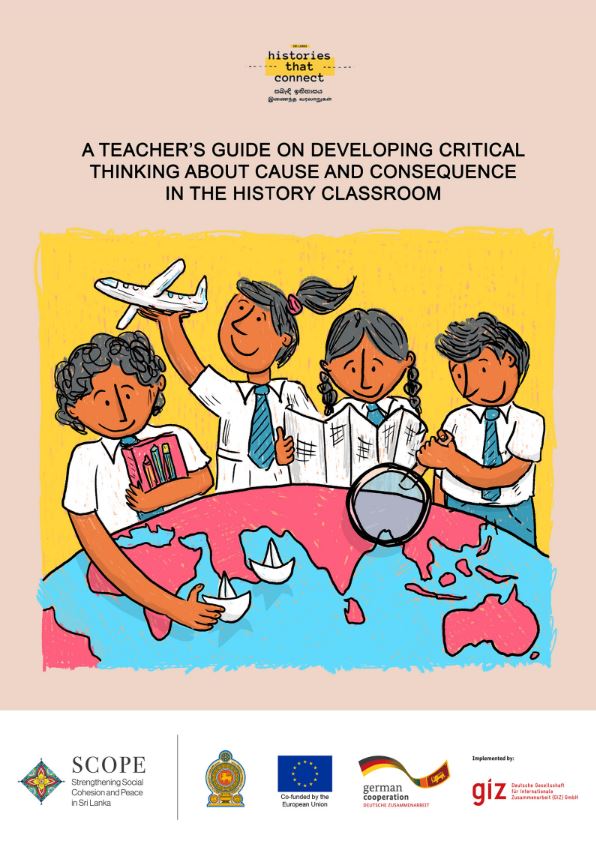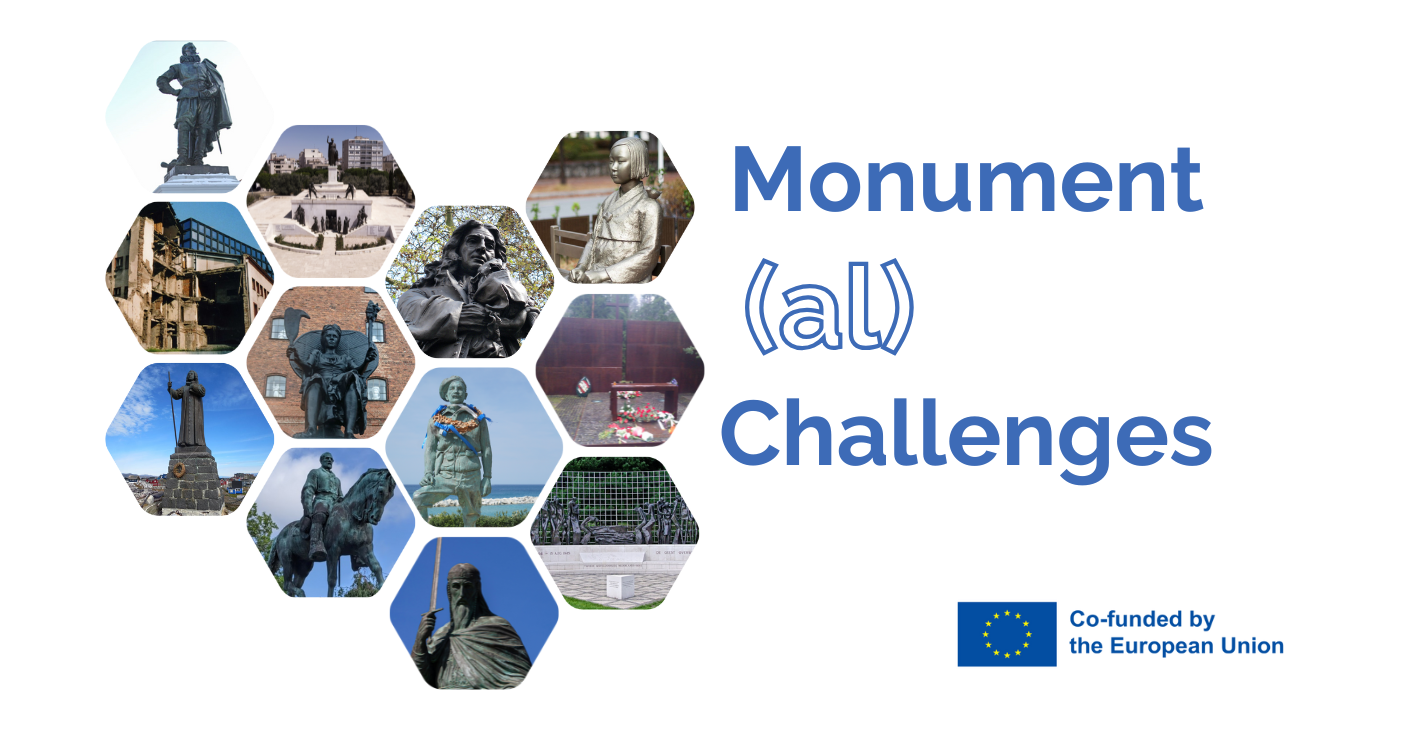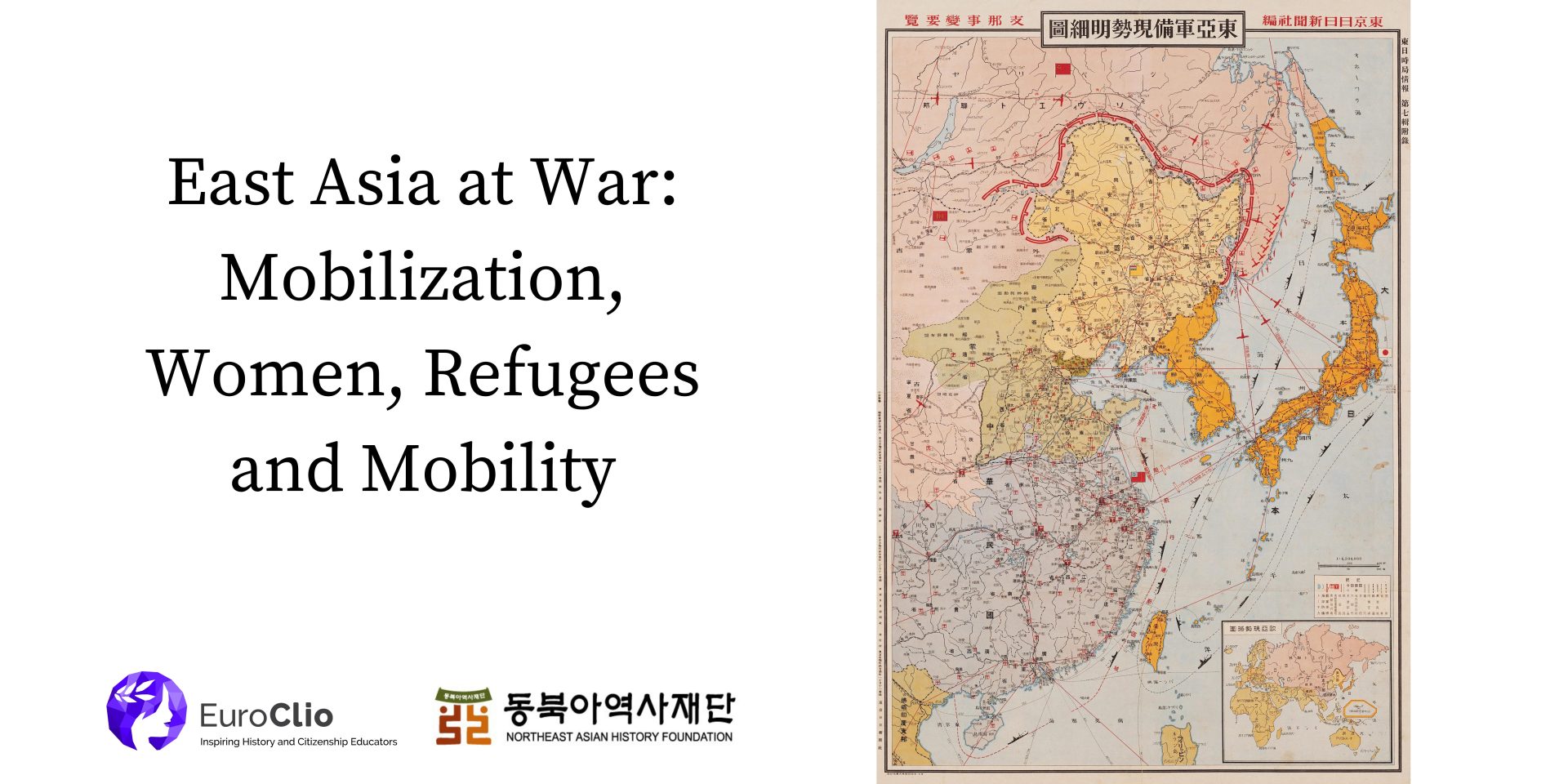This teaching strategy has been authored by Judith Perera and Bridget Martin in the framework of the ‘Histories that Connect – Sri Lanka II‘ project, supported by Strengthening Social Cohesion and Peace in Sri Lanka (SCOPE) programme. SCOPE is co-funded by the European Union and the German Federal Foreign Office and implemented by GIZ in partnership with the Government of Sri Lanka. The content of the teacher guide does not represent the official position of the European Union, the German Federal Foreign Office, GIZ, or the Government of Sri Lanka.
The document has been produced for use in Sri Lankan educational system, but is transferable to most other contexts and curricula.
The guide is available in the English, Sinhala and Tamil.




